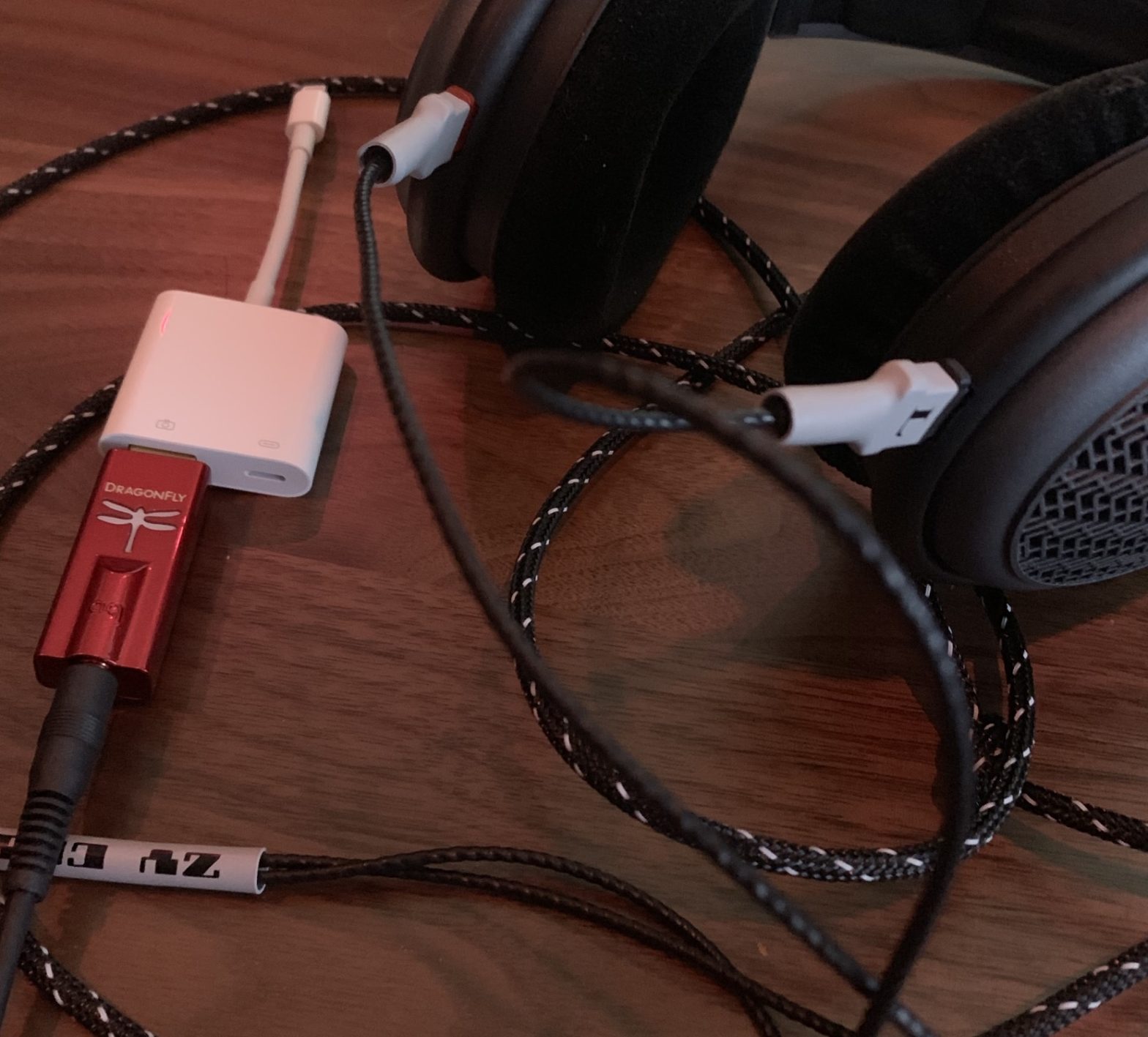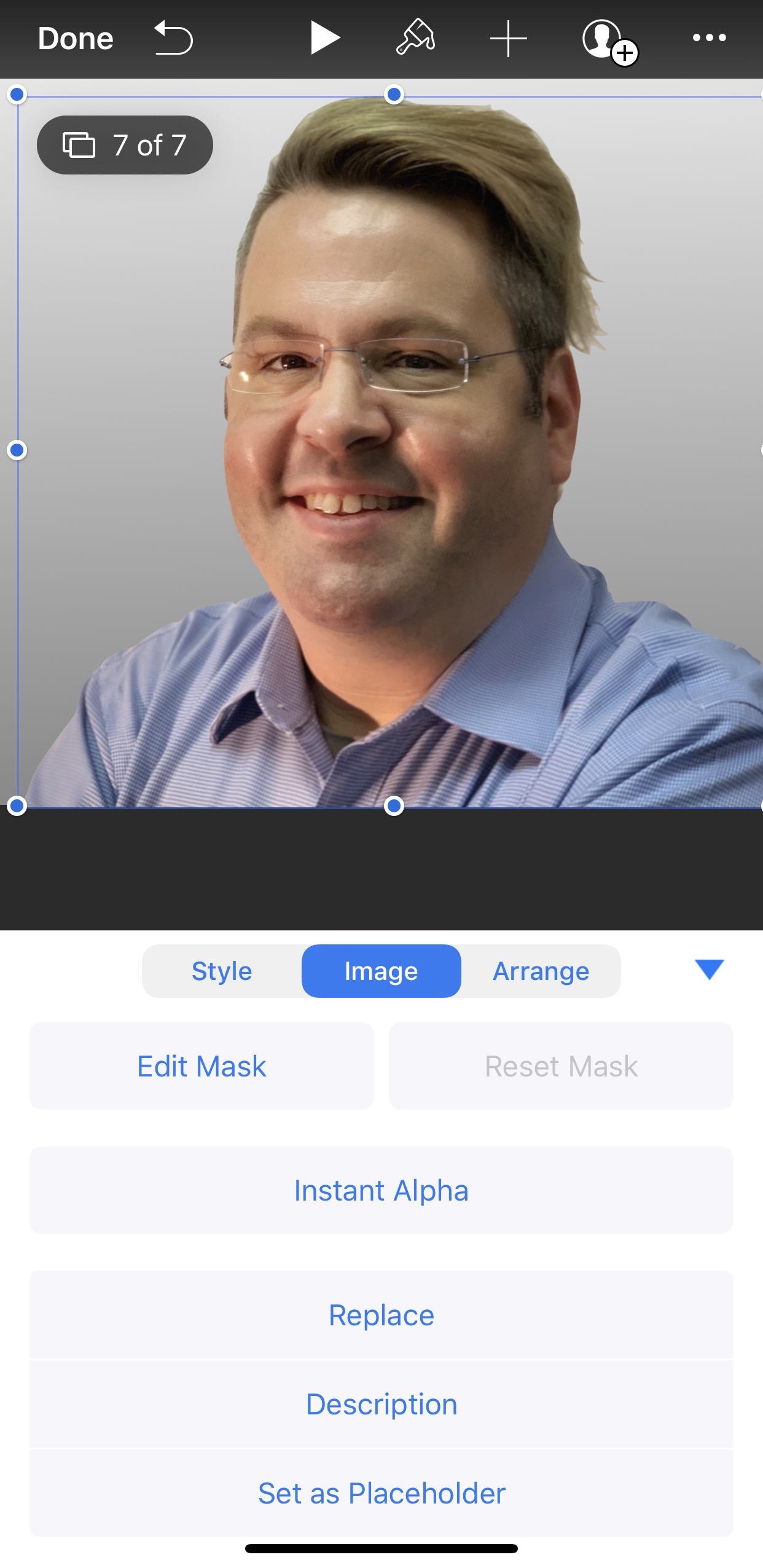These are my own thoughts, written on time away from work. Some years ago I sat in a planning meeting with my colleagues—we all worked for a preK-12 school division in Virginia—and we were discussing the set of core values we would use in our next strategic plan. We’d done some work to identify our… Continue reading A time for courage
All my essays, guides, and more
The Lonely Lecture
Since schools closed due to COVID-19 in our area, I have been doing a lot of thinking about the creation of digital content for students. There are a couple of “new jobs” teachers are undertaking in the preparation of online materials. These are, I think: teacher as curator, and teacher as creator. Often times for… Continue reading The Lonely Lecture
Apple Keynote
My colleagues and I have published a number of blog posts on using Apple Keynote—both on the Mac and on iPads. I’m really happy with the way they’ve turned out. We cover the following: Drawing Tools Sound and Audio Graphics Animation Using Keynote to Promote Higher Levels of Cognitive Engagement Using Slidedocs to support your… Continue reading Apple Keynote
Florence
In college I took a music history course and it just so happened that our professor was an expert on the music of an Italian baroque composer named Claudio Monteverdi. We ended up spending a lot of time on early Italian baroque music and I can still remember the lectures about the Gonzagas, the Medici,… Continue reading Florence
Domaine de Chantilly
Most people probably think of sweet, whipped cream when you hear the word “Chantilly.” (Or else, the town in northern Virginia.) It took my some time, really, to think about a movie I liked and to do a little research. I’ve been a fan of the 007-James Bond movies since I was a kid; it… Continue reading Domaine de Chantilly
Ambronay
This town plays no significance to what any of us may know or think of France. It’s so small that even French people—at least those whom I spoke to—shook their head. “Where is that? Ambronay?” The truth is that it’s located in Ain, seemingly halfway between Switzerland on one side and say, Mâcon, to the… Continue reading Ambronay
Knowing by Doing
This past week I have been supervising the hand-out of new 1:1 technology to our students. It isn’t the first time I’ve done this, but this year I wanted to take a particularly strong hands-on role with the roll-out or deployment, as we call it, of devices. I did several introductions to high school students,… Continue reading Knowing by Doing
Video with Diverse Voices
In this post I am going to discuss how I was inspired by videos I saw, and how I used those ideas to create my own. I made two videos in July-August, 2019, for the convocation exercises at Goochland County Public Schools. Tools: iPhone 8 (set at 24fps/4K), iPad Pro, two lights, green screen; Canon… Continue reading Video with Diverse Voices
Headphones and the iPhone
The geek in me appreciates gadgetry. I have bought a lot of Apple equipment (my first, which my parents bought me, was the Apple //e, with a green monitor, and the DuoDisk drive for writing to two floppies at once). And the one thing I was on the fence about, what today seems, is the… Continue reading Headphones and the iPhone
New Workflows (Geeking Out on the Phone)
You know the saying, “you can’t teach an old dog new tricks.” I’ve been using Adobe Photoshop since 1991 (version 2, I believe), when it fit onto a floppy disk. I really don’t have a need or desire to use another tool, especially when I feel I want complete control. Some years ago my mind… Continue reading New Workflows (Geeking Out on the Phone)









